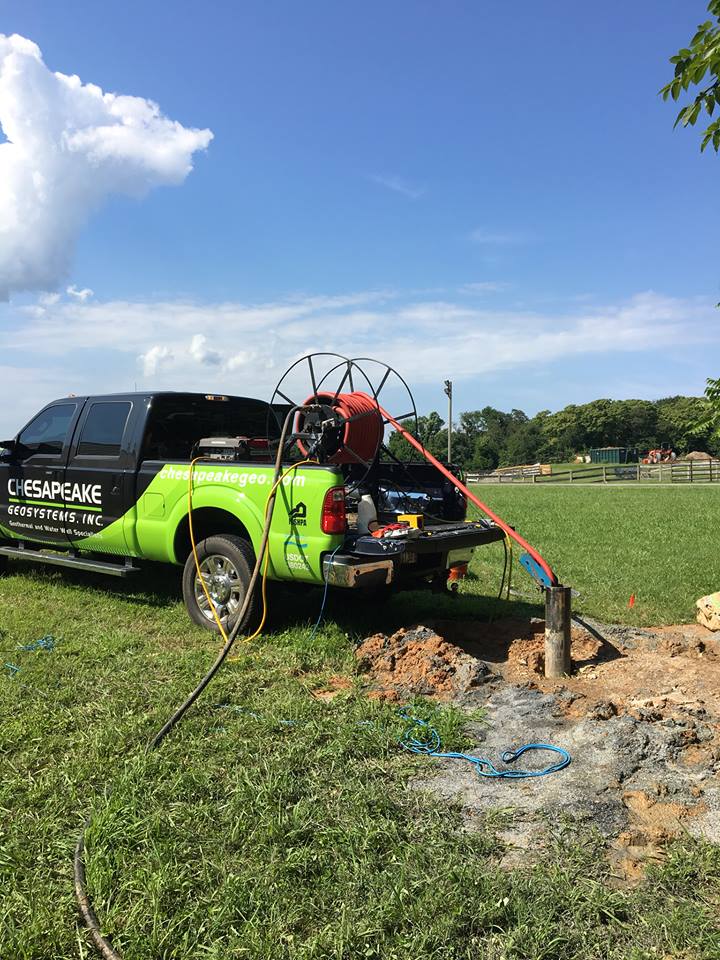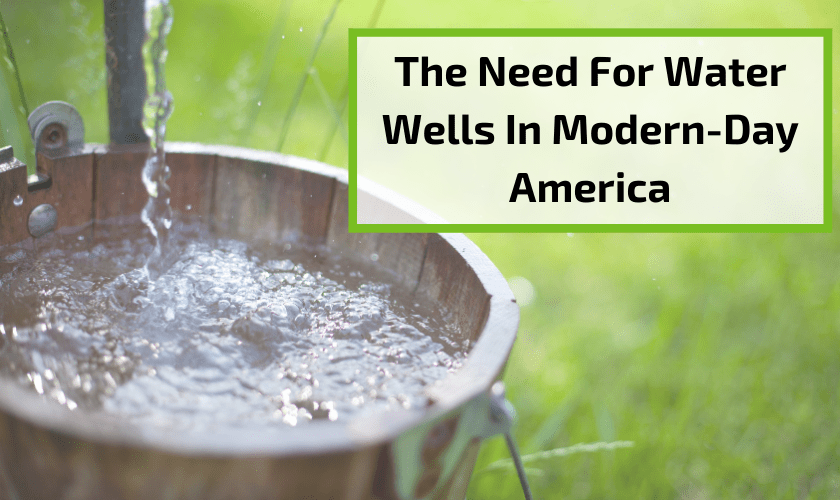For many Americans, the idea of being responsible for their own tap water may seem archaic. It is much easier to rely on centralized water supply. However, this is not an option in every community. As a result, water wells still play a role even in modern homes all across the country.
The Old Water Wells
The practice of digging water wells began roughly 8,000 years ago. Archaeologists have discovered the oldest wells in Israel, China, and India. Until 1808, people dug wells by hand. This was very labor-intensive, but people made good progress. One hand-dug well in Brighton got down to 1,285 feet deep. Workers dug around the clock for four long years before they accessed the groundwater.
The New Water Wells
In 1808, two inventors created the drill, which made well-digging even easier. Over the years, advancement in technology led to further improvements. One of the key benefits of the newer drills was that they reduced the possibility of contamination as workers pumped water to the surface. In modern-day America, wells are common in rural areas. Wells are also popular with environmentalists who prefer to live sustainably off the grid.
Why Dig a Water Well
Electricity is centralized in almost all communities in the U.S. However, it is common for rural homes to operate as separate units when it comes to sourcing water as there is often no centralized supply in place for this. Even when there is, people may prefer wells because it is cheaper than having a water bill. Some farmers may also rely on wells to help them irrigate their farms, particularly when they have limited access to surface water and rainwater.
Residents in some areas of Maryland face a limited supply of water. While they may have plenty now, municipalities worry about providing water in the future. Chesapeake Geosystems can provide the services you need to keep you independent of the central water supply. Give us a call at 410-489-1712 or send us an email today to schedule an appointment.









